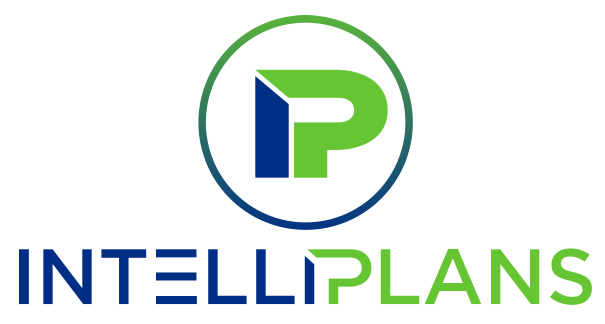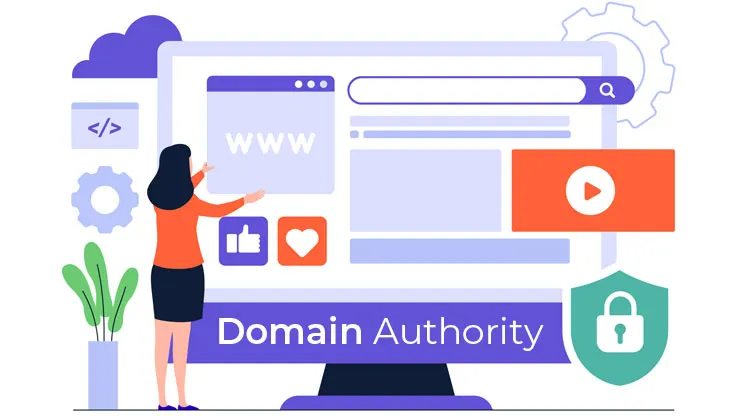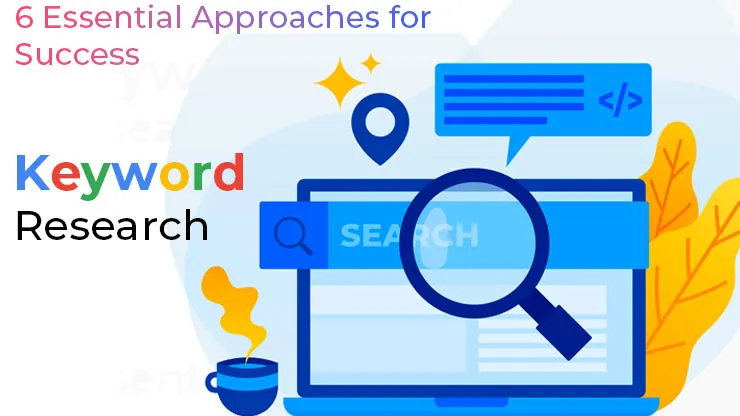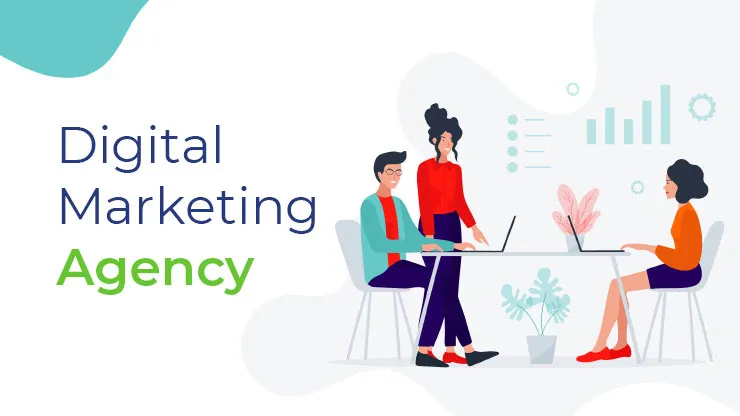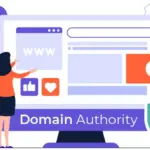Considering the growing influence of social media on consumer behavior, businesses of all sizes are increasingly turning to social media advertising as a powerful tool to connect with their target audience. In this blog post, we will delve into the crucial insights of weighing the pros and cons of social media advertising for small-to-medium sized businesses, non-profits, and fortune 500 companies. By exploring the benefits and potential drawbacks, we aim to provide a comprehensive understanding of the impact and effectiveness of social media advertising as a cost-effective and efficient business solution.
The Importance of Social Media Advertising for Small-to-Medium Sized Businesses
Social media advertising presents a valuable opportunity for small-to-medium sized businesses to expand their reach and enhance brand recognition. It offers a budget-friendly method to interact with potential customers and establish authentic relationships. Moreover, by utilizing social media advertising, businesses can gain significant knowledge about consumer habits and interests. Nonetheless, it’s crucial for businesses to meticulously evaluate the advantages and disadvantages to ascertain the best approach aligning with their particular objectives.
Maximizing the Benefits: How to Utilize Social Media Advertising Effectively
Social media advertising enables businesses to pinpoint specific demographics, improving the chance of connecting with potential customers. By skillfully creating compelling content, businesses can harness social media advertising to boost brand recognition and nurture customer loyalty. A significant advantage of social media advertising is the capability to monitor and evaluate campaign performance in real-time, allowing for quick adjustments to achieve optimal results. Nonetheless, it’s important to be mindful of potential drawbacks such as ad fatigue and oversaturation, which can affect audience engagement.
Potential Drawbacks: Cons of Social Media Advertising for Non-Profits
Social media advertising can be a powerful tool for non-profits, but there are potential drawbacks to consider. One concern is the risk of negative feedback and public criticism, which can harm the organization’s reputation. Additionally, there’s the possibility of overspending on ad campaigns without achieving the desired impact, especially if not closely monitored and managed. Privacy issues may also arise, as targeted ads could encroach on users’ privacy rights, potentially leading to backlash from supporters and audiences. Moreover, non-profits should be cautious of becoming overly dependent on social media platforms, as sudden algorithm changes or account suspensions could significantly impact their outreach and fundraising efforts. It’s essential for non-profits to carefully weigh these pros and cons before diving into social media advertising.
Comparing ROI: Social Media Advertising for Fortune 500 Companies
Social media advertising offers targeted reach to specific audience segments, maximizing potential ROI. Fortune 500 companies can leverage social media advertising to enhance brand visibility and customer engagement. However, the costs associated with social media advertising campaigns for Fortune 500 companies can be considerably high. Measuring and analyzing the ROI of social media advertising campaigns is essential for informed decision-making and resource allocation. It’s crucial for these companies to carefully weigh the pros and cons of social media advertising to ensure optimal utilization of resources while maximizing the impact on their target audience.
Strategic Considerations: Finding the Right Balance in Social Media Advertising
Social media advertising offers a cost-effective way to reach a large audience and target specific demographics, which can increase brand visibility and sales. However, it’s crucial to carefully consider the potential drawbacks of social media advertising, such as negative feedback or the risk of ad fatigue among users. By analyzing key performance indicators (KPIs) like engagement rates, click-through rates, and conversion metrics, businesses can assess the effectiveness of their social media advertising campaigns. Finding the right balance in social media advertising involves experimenting with different ad formats, messaging strategies, and audience targeting options to optimize campaign performance while minimizing costs. It’s essential to continuously monitor and adapt strategies based on the insights gained from these KPIs.
Frequently Asked Questions
What are the advantages of using social media advertising for business?
Social media advertising offers businesses the opportunity to expand their reach and enhance brand recognition while targeting specific demographics based on interests, location, behavior, and more. This tailored approach can lead to increased engagement and interaction with the audience, fostering direct feedback and relationship building. Furthermore, the cost-effectiveness of social media advertising makes it an accessible and high-return investment for businesses of all sizes, compared to traditional advertising methods.
Are there any disadvantages to utilizing social media advertising?
Social media advertising presents potential drawbacks that businesses need to carefully consider. The risk of negative feedback and public criticism on social media platforms can pose a threat to a brand’s reputation, warranting vigilant brand management. Standing out in a crowded digital landscape is another challenge, requiring businesses to craft compelling content to capture audience attention effectively. Moreover, the need for constant monitoring and adjustment can be time-consuming, demanding significant resources. Additionally, there is the risk of ad fatigue among target audiences, highlighting the importance of diversifying advertising strategies to maintain engagement levels.
How can social media advertising benefit small-to-medium sized businesses?
Social media advertising empowers small-to-medium sized businesses to expand their reach and enhance brand awareness. It offers a budget-friendly method to engage with potential customers through targeted ads and sponsored content, fostering authentic relationships. By leveraging social media advertising, businesses can glean valuable insights into customer behavior and preferences, refining their marketing strategies accordingly. Effectively utilizing social media advertising enables these businesses to drive website traffic, generate leads, and ultimately enhance sales, positioning them for sustainable growth in the digital marketplace.
What potential drawbacks should non-profits consider before investing in social media advertising?
Non-profits must remain vigilant about the potential for negative feedback and public criticism on social media, as these can significantly impact their reputation. It’s imperative for non-profits to weigh the possibility of overspending on social media advertising without reaping substantial returns. Additionally, privacy concerns and data security risks are crucial factors that non-profits need to carefully consider before embarking on social media advertising campaigns. Moreover, non-profits should meticulously evaluate the potential for ad fatigue among their target audience, as excessive exposure to ads may lead to disengagement.
In what ways can fortune 500 companies leverage social media advertising to their advantage?
Fortune 500 companies have the opportunity to maximize the impact of their social media advertising efforts by utilizing advanced targeting features to reach specific demographics and consumer groups. In addition to that, they can tap into established audiences by harnessing the power of influencer collaborations to amplify brand awareness and credibility. Furthermore, actively engaging with the audience through interactive content and direct messages can help these companies build stronger customer relationships and foster brand loyalty. Moreover, leveraging social media analytics enables them to track campaign performance in real-time, allowing for quick adjustments based on accurate data insights for optimal results. With these strategic approaches, Fortune 500 companies can effectively optimize their social media advertising campaigns for maximum impact.
Conclusion
In conclusion, social media advertising offers numerous benefits for businesses, non-profits, and Fortune 500 companies, including enhanced brand recognition, targeted reach, and real-time performance monitoring. However, it’s vital for organizations to carefully assess the potential drawbacks such as ad fatigue, privacy concerns, and overspending. Finding the right balance in social media advertising involves strategic considerations, including analyzing key performance indicators (KPIs) and experimenting with different ad formats and messaging strategies. By weighing the pros and cons, businesses can effectively utilize social media advertising to achieve their specific objectives while maximizing ROI and minimizing potential risks.
